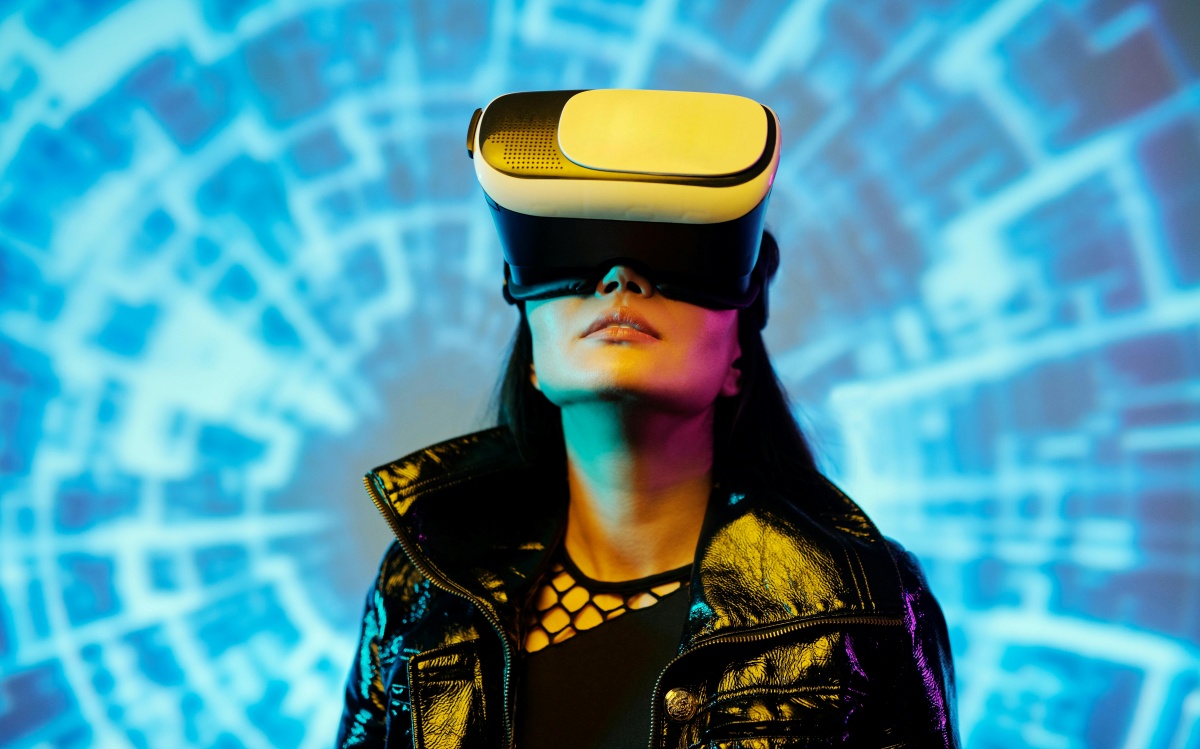Embracing E-Commerce
Convenience has become the top priority when it comes to shopping in today’s digital age. eCommerce has become the preferred platform for consumers seeking a hassle-free shopping experience. Fashion retailers need to have a strong online presence, making sure their websites are user-friendly and optimized for mobile devices. This enhances the customer experience and expands the brand’s reach beyond its physical stores.
Social Media Integration
Fashion retailers can use social media platforms to connect with their audience and boost sales, making them essential tools. Popular platforms like Instagram, Facebook, LinkedIn, and TikTok can be utilized by retailers to showcase their latest collections, interact with customers, and cultivate a sense of community. The integration of social media with e-commerce platforms is seamless. Direct purchases from social media posts can now be made by retailers, effectively bridging the gap between product discovery and purchase.
AR and virtual try-on
The inability for customers to physically try on clothes before purchasing is a challenge in online fashion retail. Virtual try-on experiences can be enabled using Augmented Reality (AR) technology, providing a solution. Retailers can implement AR features on their websites or mobile apps, allowing customers to see how a garment looks on them in a virtual environment. Customers are given a more accurate representation of the product through virtual try-ons, which enhances the online shopping experience and reduces return rates. The use of this technology bridges the gap between digital and physical shopping experiences, bringing a fun and interactive element to online fashion retail.
Ethical and sustainable practices
Consumer awareness of the environmental and ethical impact of their purchases is on the rise in the digital age. Fashion retailers must implement sustainable and ethical practices, not just in response to consumer demand, but also as part of their commitment to responsible business operations. A positive brand image is achieved by implementing eco-friendly materials, reducing waste, and ensuring fair labor practices in the supply chain. Transparency in communicating these practices through digital channels helps build trust with consumers who prioritize sustainability.
Data protection and privacy
The importance of protecting customer data is becoming greater due to the growing reliance on digital platforms. Ethical and responsible business practices can be demonstrated by fashion firms by prioritizing data privacy. It is necessary for fashion retailers to invest in strong cybersecurity measures to safeguard sensitive information, such as personal details and payment data. Customer loyalty and satisfaction are dependent on establishing trust in the digital space.
Collaborations and Partnerships
Through strategic partnerships and collaborations, a fashion retailer can expand its reach and influence. By collaborating with influencers, designers, or other companies, awareness can be raised, new clients can be attracted, and new perspectives can be provided. Whether it’s a joint marketing campaign or a limited-edition collection, collaborations can help differentiate brands and create an exclusivity aura that enhances consumer engagement.
The impact of sustainability on buying decisions
Consumers today are more conscious of the environment than ever before. The number of shoppers who prefer to spend their money on brands that prioritize sustainability is increasing. Retailers are being urged to adopt eco-friendly practices, including sourcing sustainable materials and reducing carbon footprints, as a result of this shift. Studies have shown that 60% of consumers are willing to pay more for sustainable products, which suggests a significant shift in consumer priorities.
Circular fashion’s emergence
Circular fashion, which emphasizes the reuse and recycling of garments, is becoming more popular. The success of platforms like Poshmark and ThredUp is due to their second-hand offerings, while major brands like Patagonia encourage repairs and resales. A more sustainable future for fashion is being promoted and waste is being reduced, as evidenced by this trend.
Authentic influencers are a new trend in fashion retailing
The BoF-McKinsey State of Fashion 2024 Consumer Survey revealed that 68% of respondents expressed dissatisfaction with the flood of sponsored content on social media platforms. According to 65% of respondents, their dependence on fashion influencers has decreased compared to previous years. Banner blindness occurs frequently among young consumers, such as Gen-Z, in just 1.3 seconds.
Even though there are discouraging numbers, influencers are still the most powerful tactic by brands to penetrate the clutter and establish connections with consumers. Despite this, the influencer landscape has been evolving in recent years. Authentic and relatable influencer marketing will be one of the fashion industry’s trends in 2025, as consumers place more emphasis on authenticity, entertainment, and relatable personas.
Experiential retail
In the future, fashion retail stores will likely focus on experiential centers instead of traditional stores with a transactional focus. The modern fashion consumer is looking for interactive experiences, live events, and personalized services when shopping in stores. They search for a stimulating and exciting multi-sensory experience that makes shopping enjoyable when they enter a physical store. The Look Company’s focus is on modular display systems that can create stunning immersive experiences for shoppers. Take a look at some of the work we’ve done here.
